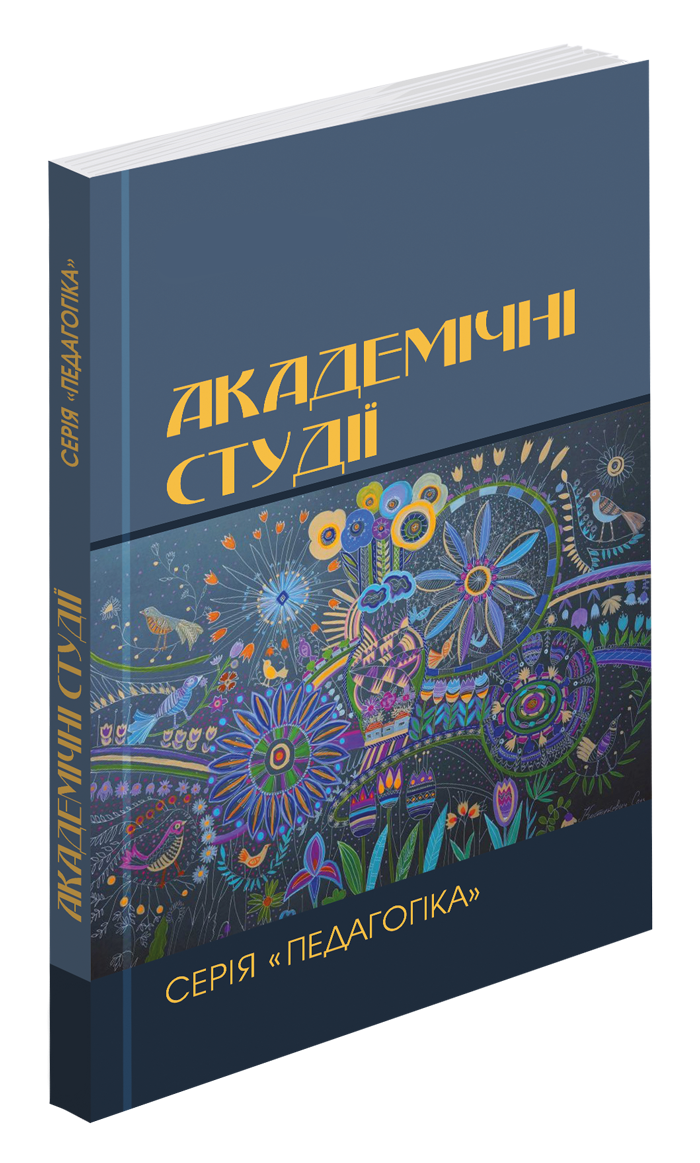Abstract
The article analyzes the aspects of creating a play environment for preschool children. The play environment for preschoolers is their first university, where they learn about the world, learn to interact with other children and adults, and develop their abilities and talents. It is through play that a child acquires new knowledge, skills and abilities. The main principles of creating a play environment are outlined: age appropriateness (games and materials should correspond to the age characteristics of children), diversity (the environment should be rich in various materials and equipment to satisfy the different interests of children), change (the play environment should be regularly updated to maintain children's interest), safety (all equipment and materials should be safe for children), logistics (the space should be divided into different functional locations (for playing, reading, creativity, etc.)), accessibility (materials should be accessible to children so that they can independently choose toys and engage in activities). Attention is drawn to the key elements necessary for an ideal play environment (time, space and freedom). The role of the educator, not only as an observer, but also as an active participant in the game process (creating conditions for play, organizing joint activities, helping children master new games and materials), is considered in detail.Materials and methods. The following methods were used to study the impact of play on a child's development: observation (systematic observation of children's play activities in different conditions), questionnaire (survey of educators, parents and children (of senior preschool age) regarding their views on the role of play in a child's development), pedagogical experiment.Results. The study consisted in the fact that in the KZ «Lutsk preschool education institution (nursery-kindergarten) No. 5 of the combined type of Lutsk City Council», where observations and surveys were conducted, optimal conditions for free play of preschool children were created. In addition, it was proven that play is an important activity for the development of the personality of preschool children.It is specified that the elements of the play environment are: natural materials (sand, water, pebbles, plants that contribute to the development of sensory sensations and creativity), locations – play (shop, hospital, kitchen), creative (drawing, modeling), reading, science, for physical development, for the development of musical ear and rhythm, etc.The study shows that children's play space is of invaluable importance for the physical, social and cognitive development of a child. Outdoor games allow children to explore the environment, develop motor skills, learn to cooperate with others and learn about the world through play.The results of our study can be used for: creating effective programs for the development of preschool children through play; improving the play environment in a preschool educational institution, developing recommendations for organizing the play space, publishing scientific articles.
References
Про затвердження Базового компонента дошкільної освіти (Державного стандарту дошкільної освіти) нова редакція : Наказ МОН України від 12 січня 2021 р. № 33 / Міністерство науки і освіти України. URL: https://mon.gov.ua/storage/app/media/rizne/2021/12.01/Pro_novu_redaktsiyu%20Bazovoho%20komponenta%20 doshkilnoyi%20osvity.pdf (дата звернення: 20.10.2024).
Замелюк М. Ігровий простір дитини дошкільного віку: місце і роль дорослого. Збірник наукових праць «Академічні студії». Серія «Педагогіка». 2021. Вип. 2. С. 42–46.
Замелюк М. Роль дорослого в розгортанні вільної дитячої гри. Палітра педагога. 2021. № 5–6. С. 3–6.
Крутій К. День без іграшок, або як оптимізувати ігрове середовище? Дошкільне виховання. 2024. № 4. С. 3-7.
Крутій К., Попович О. Що таке сенсорно збагачене середовище. Вихователь методист дошкільного закладу. 2020. № 10. С. 6–10.
Крутій К., Попович О. ECERS-R для оцінки сенсорно збагаченого середовища груп раннього віку. Вихователь-методист дошкільного закладу. 2020. № 10. С. 12–16.
Ansari A., & Purtell K. (2017). Activity settings in full-day kindergarten classrooms and children’s early learning. Early Childhood Research Quarterly, 38 , 23-32. doi: http://dx.doi.org/10.1016/j.ecresq.
Basock D., Latham,S., & Rorem A. (2016). Is kindergarten the new first grade? AERA Open, 2 (1), 2332858415616358.
Burn A., Richards C. Children’s Games in the New Media Age. Routledge, 2016. 238 s.20.
Lemay L., Bigras, N., & Bouchard C. (2016). Respecting but not supporting play: Early childhood educators and childcare providers’ practices in supporting children’s play. Early Years , 1-16.
Linda D. Smart Pedagogy of Game-based Learning. Series : Advances in Game-Based Learning. Springer, 2021. 238 s.
Nyman G. (2018). Why play? Hanneland. WWW document. Available: https://www.hannelandia.fi/leikki/ [cited 05.01.2025].

